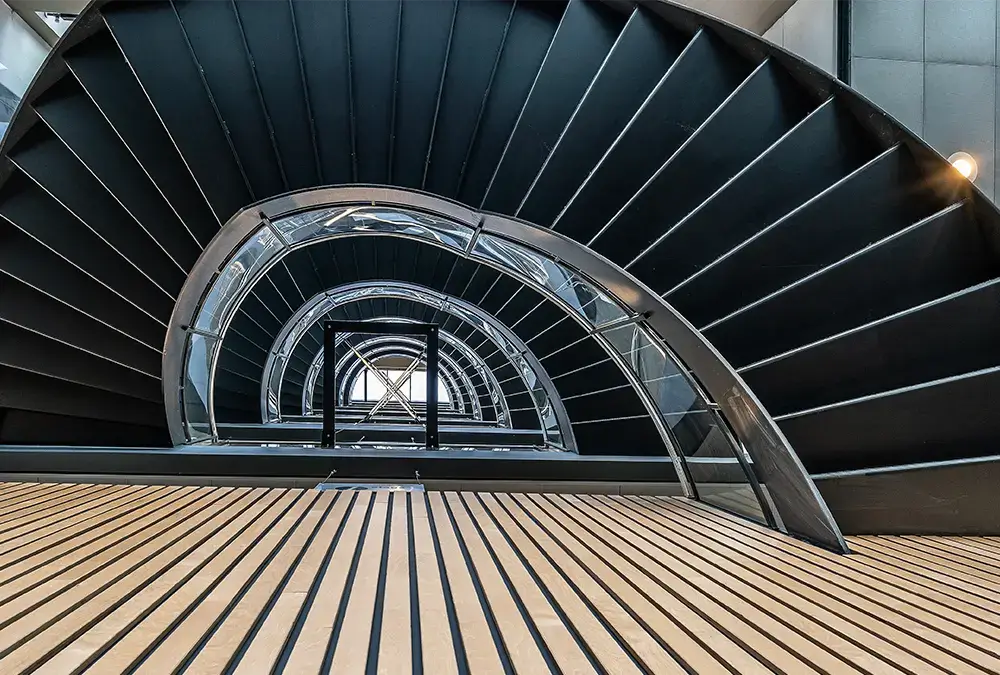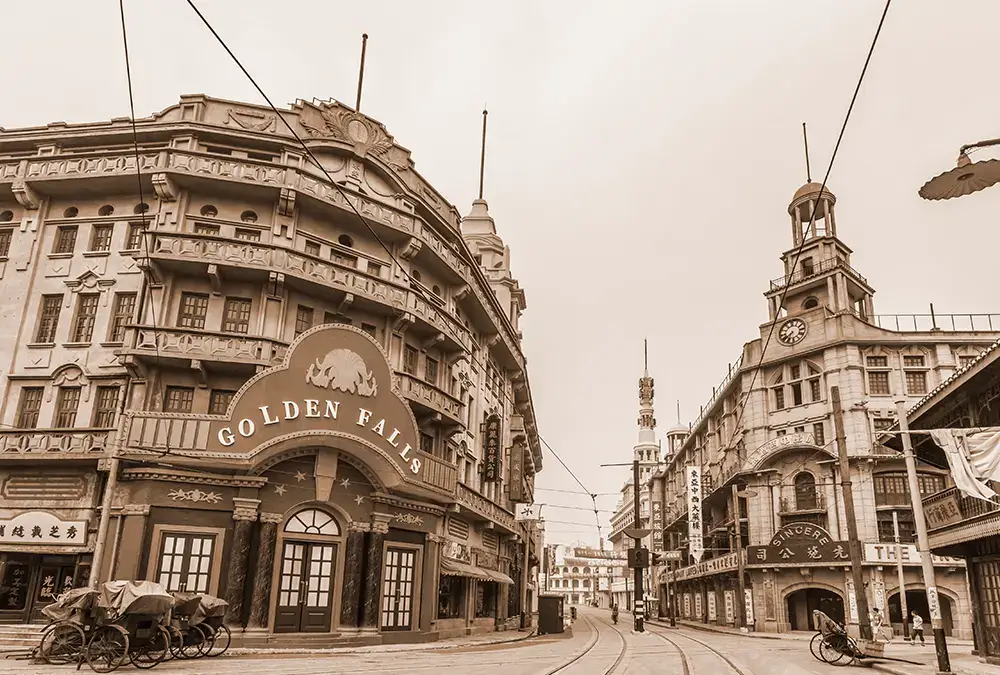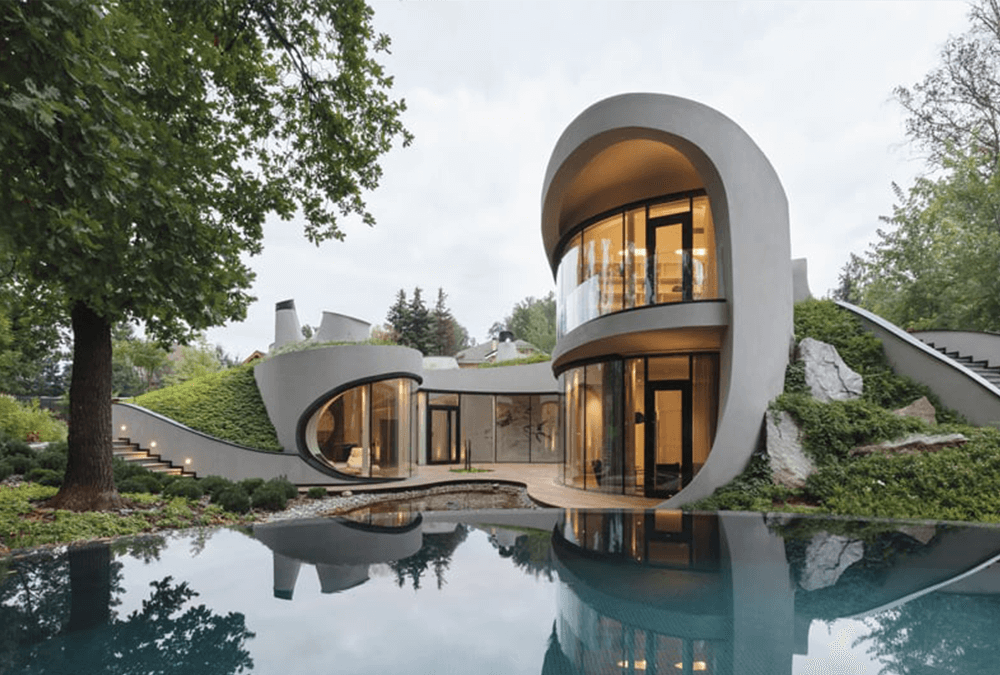
In today’s rapidly evolving world, technology has become an integral part of every industry, including architecture. Modern technology has revolutionized the field, empowering architects to create innovative designs, enhance sustainability, and streamline the construction process. In this blog, we will explore how the latest technology is shaping modern architecture, and we’ll showcase iconic examples that exemplify the transformative power of technology in the world of design.
3D Printing: The Shanghai Tower
The Shanghai Tower in China stands as a testament to the possibilities offered by 3D printing technology in architecture. Its distinctive twisted form was made possible through the use of 3D printing, which allowed for precise and intricate construction of complex geometries. This technology not only enables architects to push the boundaries of design but also offers cost and time efficiencies during the construction process.
Virtual Reality (VR): The National Museum of Qatar
Virtual Reality has opened up new avenues for architectural visualization and design. The National Museum of Qatar, designed by Jean Nouvel, utilized VR technology to create immersive virtual experiences that allowed stakeholders to navigate through the museum before construction began. This immersive experience ensured better design comprehension, improved collaboration, and enhanced decision-making throughout the project.
Building Information Modeling (BIM): The Burj Khalifa
The Burj Khalifa, the world’s tallest building, owes much of its success to Building Information Modeling (BIM) technology. BIM allows architects, engineers, and construction teams to collaborate seamlessly, facilitating the coordination of complex systems and optimizing efficiency. The digital representation of the building’s components and systems in a BIM model ensured accurate documentation, reduced errors, and streamlined construction processes.
Sustainable Design: The Edge, Amsterdam
The Edge, located in Amsterdam, exemplifies how technology enables sustainable design. This intelligent building utilizes various technological advancements, including smart sensors, energy management systems, and a centralized control system, to optimize energy consumption, indoor climate, and occupant comfort. The integration of technology in sustainable design not only reduces environmental impact but also enhances the overall efficiency and performance of the building.
Parametric Design: Heydar Aliyev Center
The Heydar Aliyev Center in Baku, Azerbaijan, showcases the power of parametric design in modern architecture. Parametric design tools allow architects to generate complex geometries and explore numerous design iterations based on specific parameters. This approach enables the creation of iconic structures with unique shapes and forms, pushing the boundaries of traditional design.
The convergence of modern technology and architecture has ushered in a new era of design possibilities, efficiency, and sustainability. From 3D printing and virtual reality to building information modeling and parametric design, technology has become an indispensable tool for architects, shaping the way we conceive, visualize, and construct buildings. The iconic examples mentioned, such as the Shanghai Tower, National Museum of Qatar, Burj Khalifa, The Edge, and Heydar Aliyev Center, highlight how technology has transformed the field of architecture, allowing for innovation, sustainability, and improved collaboration. As technology continues to advance, we can expect even more groundbreaking developments that will redefine the future of architecture and shape our built environment in remarkable ways.







